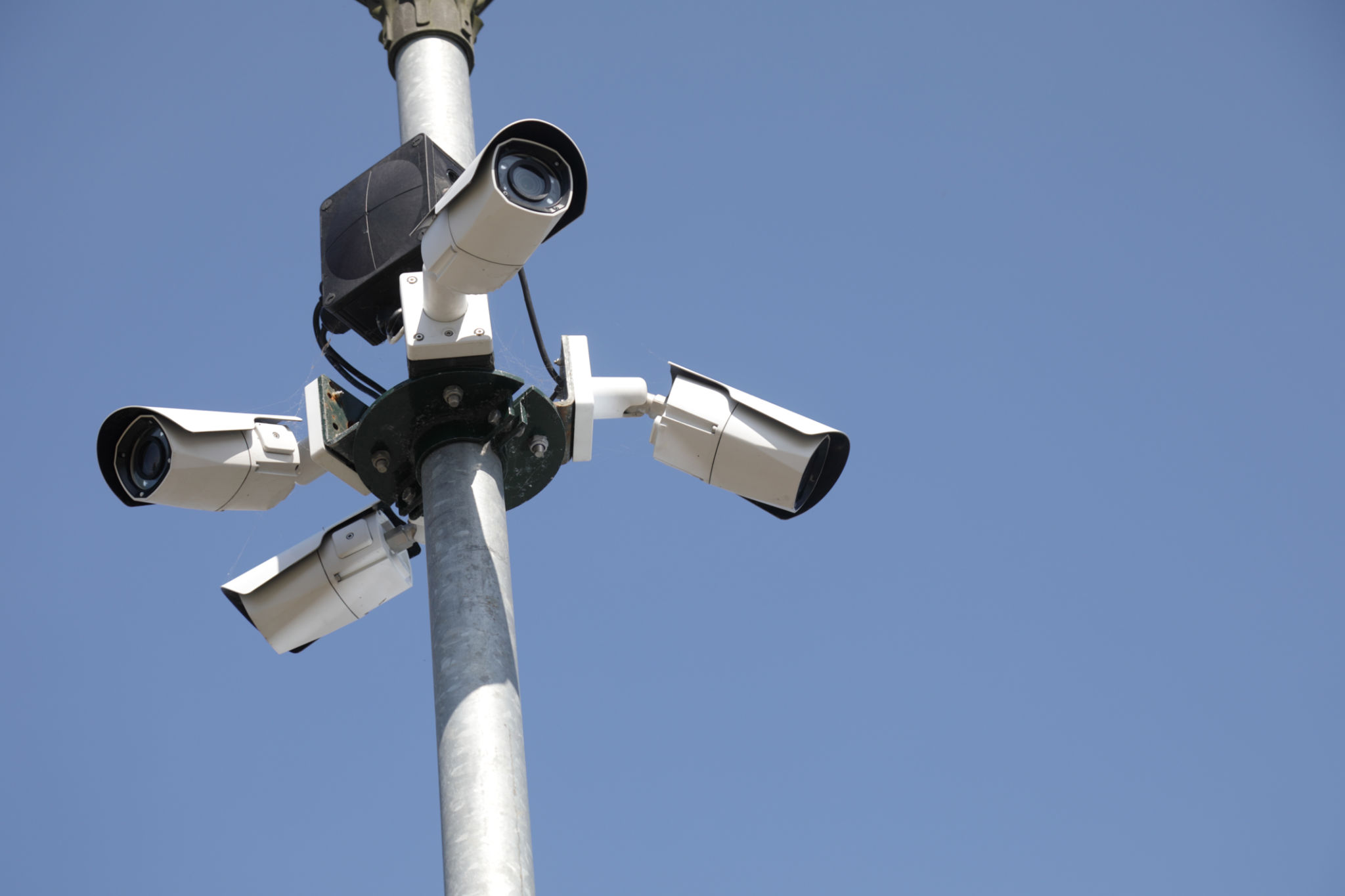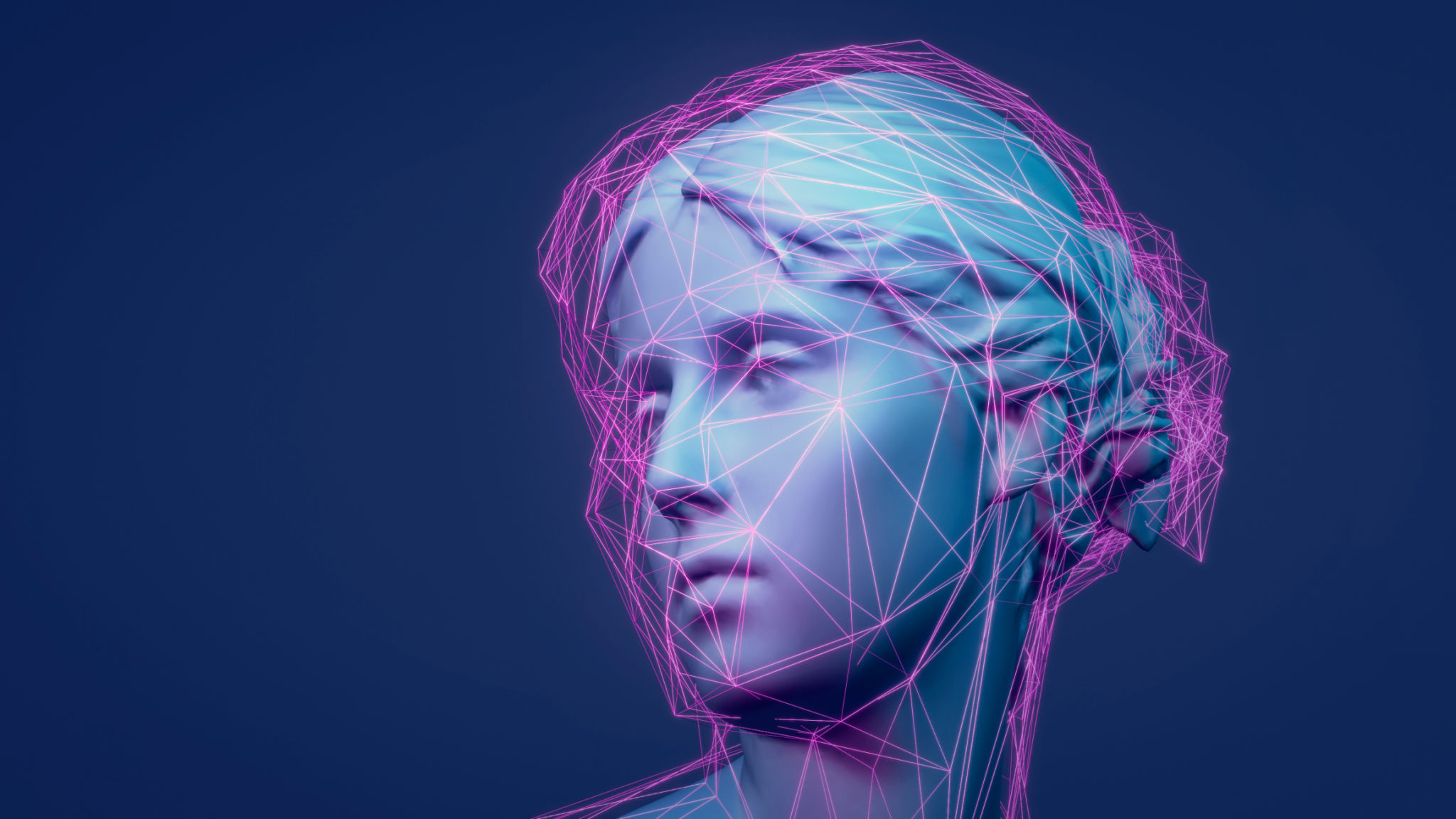Exploring the Future of 360 Video Production with 3D Modeling
Introduction to 360 Video and 3D Modeling
The digital landscape is evolving at a rapid pace, and two technologies at the forefront of this evolution are 360 video production and 3D modeling. As these technologies continue to advance, they are opening up new avenues for creativity and storytelling. But what exactly does the future hold for these immersive experiences? In this blog post, we will explore the potential of 360 video production when combined with 3D modeling, and how this fusion is set to revolutionize the way we perceive digital content.

The Power of 360 Video Production
360 video production offers viewers an immersive experience by capturing a scene from every angle, allowing them to explore the environment as if they were physically present. This technology is particularly popular in industries such as real estate, tourism, and entertainment. The ability to create a fully immersive environment enhances engagement and provides a unique way of storytelling that traditional video cannot match.
Expanding Creative Horizons
With advancements in camera technology and editing software, creators now have more tools than ever to produce high-quality 360 videos. The addition of spatial audio further enhances the immersive experience, making viewers feel as though they are part of the action. As more creators embrace this technology, the quality and variety of content available to consumers will continue to grow.

The Role of 3D Modeling
3D modeling has been a staple in industries like gaming and architecture for years. However, its integration with 360 video production is relatively new and brimming with potential. By incorporating 3D models into 360 videos, creators can craft intricate environments and interactive experiences that were previously unimaginable.
Creating Dynamic Environments
The use of 3D models allows for the creation of dynamic environments within 360 videos. Instead of relying solely on real-world locations, creators can generate detailed virtual spaces that viewers can explore. This opens up endless possibilities for storytelling and education, as viewers can interact with elements within the video to gain a deeper understanding of the subject matter.

The Future of Interactive Storytelling
The combination of 360 video production and 3D modeling is set to transform interactive storytelling. With these technologies, creators can build narratives that respond to viewer input, creating personalized experiences that go beyond passive consumption. Imagine exploring a historical event from multiple perspectives or walking through a virtual art gallery that reacts to your gaze.
Challenges and Opportunities
While the future is promising, there are challenges that need to be addressed. The creation of high-quality 360 videos with integrated 3D models requires significant processing power and expertise. However, as technology continues to advance, these barriers are likely to diminish, making these tools more accessible to creators across various industries.
Ultimately, the fusion of 360 video production and 3D modeling represents a significant leap forward in digital content creation. As these technologies become more integrated into our daily lives, they will undoubtedly change the way we interact with media, offering richer and more engaging experiences for audiences worldwide.